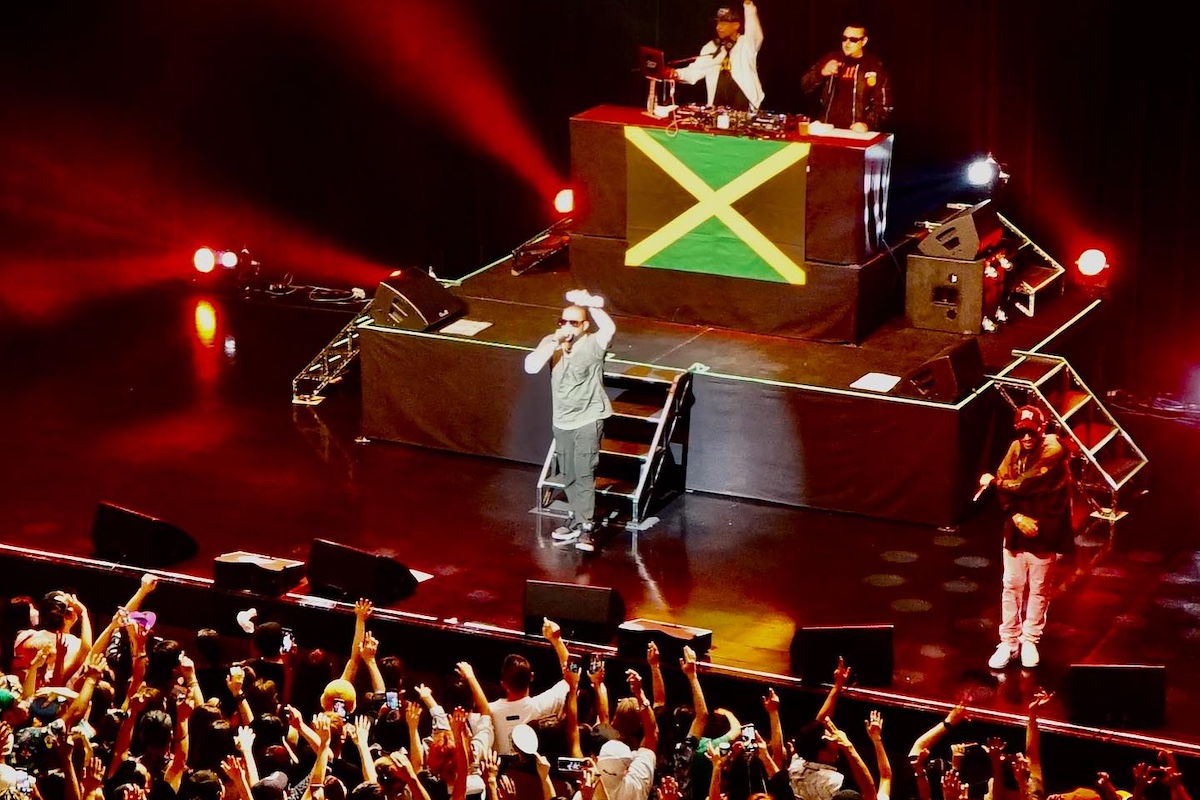Sean Paul is challenging critics who say dancehall is dead as his ongoing career tells a different story.
For the last few years, the dancehall community has been plagued with criticism regarding its trajectory and lifespan. The trap-dancehall era spurred on expressed dissent from veteran artists who believed the genre was being watered down with the fusion of hip-hop or rap music, and the young artists were left to either cave or stand their ground. Now, with the constant comparisons to Afrobeat, dancehall seemingly can’t catch a break in its battle to keep growing and expanding its reach.
Dancehall giant Sean Paul is one of the few who have made the genre known to households across the globe through his A-list mainstream collaborations and ingenious crossover strategy. As a spokesperson for the heights that dancehall music can reach, the artist took to X to share a mash-up video of him performing to a sold-out crowd at the coveted venue, Madison Square Gardens. To caption the video, he wrote, “When people say dancehall is dead, I beg to differ. It’s thriving, si mi yah.”
The caption is an excerpt from Sean Paul’s interview with GQ Magazine earlier this month, where he said, “When people have statements like the genre’s dead just because it’s not as it used to [be], I beg to differ: it’s living and thriving and surviving,” he said.
Interestingly enough, the music playing in the background of the 9-second video SP posted on X was “The Box” by American rapper Roddy Ricch, and the audience could be heard belting out the popular lyrics. Meanwhile, many lesser-known dancehall artists would disagree that Sean Paul “got it out the mud,” as Roddy often endorses. That viewpoint remains debatable, but what isn’t is the fact that many dancehall artists today still struggle to make it as big as a Sean Paul or a Shaggy.
Authentic dancehall music from Jamaican natives who are yet to “crossover” still hasn’t gotten the attention it deserves and, in some cases, still lacks the infrastructure, investment, and production quality that it needs to compete on a mainstream level. Take dancehall sweetheart Shenseea, for example, who has been on a mission to make it big in North America for the last few years. Her music has noticeably changed sonically, which she attributes to her new influences after moving to the States.
Sean Paul message to anyone who says dancehall is dead ? https://t.co/SDbRKuhVTf
— Urban Islandz (@urbanislandz) November 21, 2023
Her new American/pop sound is yet to give her the big break she is working for. Meanwhile, her original dancehall tracks, though appreciated by Jamaican fans, still haven’t been the most palatable for the international crowd. Even the major collaborations that she has had with artists like Young Thug, Megan Thee Stallion, and more seem to stall after a few weeks or months of hype. Is it just taking a while to find the right hit or is it really just a one in a million chance of making it as big as Sean Paul or Shaggy?
All in all, it still rings true that dancehall is far from dead. Jamaica remains a music factory, and no other genre produces as much material as this on a daily basis. The market is super saturated with tracks from dancehall artists still trying to make it, those who have made it, and those who have paved the way for the current stream of artists. As those in the dancehall industry toil and wait eagerly to see the genre get the recognition it deserves on a worldwide scale, as Sean Paul says, the genre is “living and thriving and surviving.”
